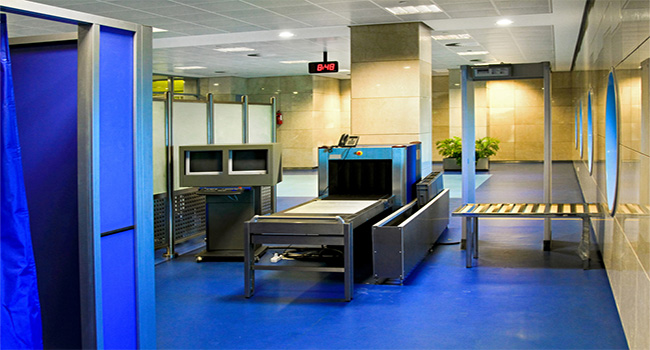
Supreme Court Says Amazon Doesn’t Have to Pay Employees for Security Check Time
- By Matt Holden
- Dec 11, 2014
The Supreme Court ruled that warehouse workers who fill orders for Amazon don’t have to be paid for time spent waiting to pass through security checks at the end of their shifts.
The decision was unanimous, and is considered a victory for the growing number of retailers and other companies that routinely screen workers to prevent employee theft. The justices said federal law does not require companies to pay employees for the extra time because it is unrelated to their primary job duties.
Some workers at Amazon contractor Integrity Staffing Solutions Inc. claim they wait up to 25 minutes to clear security before they can go home.
The Supreme Court reversed a ruling from the Ninth U.S. Circuit Court of Appeals, which said the screenings should be compensated because they were performed for the employer’s benefit and were integral to the workers’ jobs.
“Integrity Staffing did not employ its workers to undergo security screenings, but to retrieve products from warehouse shelves and package those products for shipment to Amazon customers,” Justice Clarence Thomas said.
“Data shows that employees typically walk through security with little or no wait, and Amazon has a global process that ensures the time employees spend waiting in security is less than 90 seconds,” said Amazon spokeswoman Kelly Cheeseman.
About the Author
Matt Holden is an Associate Content Editor for 1105 Media, Inc. He received his MFA and BA in journalism from Ball State University in Muncie, Indiana. He currently writes and edits for Occupational Health & Safety magazine, and Security Today.